“Soft” Testosterone Dosages
The average male body produces approximately 50 mg of testosterone per week (about 7 mg per day).
When planning hormone replacement therapy, doctors base their recommendations on this amount – the patient typically receives around 100 mg of testosterone enanthate per week or 200 mg of testosterone undecanoate every two weeks.
Considering the half-life of these drugs and the time required to reach peak blood concentrations of the active substance, this translates to roughly 50 mg of testosterone per week (although one should also account for natural losses during injection, so it is often increased to 125-150 mg per week).
However, the doctor aims for an average level. For men aged 30 and older, normal life activity is possible with a testosterone level of about 15 nmol/L. Normal life activity is one thing, but athletic achievements are another.
To achieve the latter, it is advisable to raise testosterone levels to at least the upper physiological limit. This can be done with doses of testosterone enanthate (which I will focus on) of about 200-250 mg per week.
Measurements show that a dose of 250 mg of testosterone enanthate per week allows one to even exceed the upper physiological limit – blood testosterone levels reach approximately 34-38 nmol/L. According to new trends, the upper physiological limit is recommended to be raised to around 38 nmol/L.
So, a weekly injection of 250 mg of testosterone enanthate can still be considered within normal limits.
Dosages that either keep levels within the norm (even if “barely”) or slightly exceed the upper allowable natural testosterone level will be referred to as “soft” dosages.
Overall, “soft” dosages can be used by athletes seeking to significantly improve their results.
Effective Dosage
But let’s try to determine what dosage can be considered truly effective in terms of impact on athletic results. In this case, I mean muscle mass (volume) growth. I will call the dosage effective if it allows for not just noticeable but sustainable progress.
Researchers have long tried to answer this question by conducting numerous experiments. They found that the effective dosage for athletes aiming for consistent muscle tissue growth and strength gains is 500-600 mg of testosterone per week.
A weekly dosage of 600 mg also proved effective for nandrolone “solo.” For other AAS, it’s more complex, but the effective combined dosage is expected to be around 750 mg per week.
Returning to testosterone: a weekly dose of 500-600 mg of testosterone enanthate raises blood testosterone levels to about 52-56 nmol/L, significantly exceeding the upper physiological limit. Experiments showed muscle volume increase by approximately 30-35% more than with half the dosage.
However, the strength gains for dosages of 600 and 300 mg of testosterone per week are about the same: the higher dosage only provides an additional 5-7% strength increase.
Why High Doses Are Needed
Interestingly, in a normal man, most androgen receptors (AR) are bound by androgens (testosterone or dihydrotestosterone) almost all the time, even at average testosterone levels – not even near the upper limit.
So, it’s not entirely clear what additional AAS intake, especially at high doses, can achieve. However, testosterone's effectiveness increases sharply with the dose up to one gram per week.
Then the growth slows down but continues. The most effective doses are considered to be between 2-4 grams per week. Why does this happen? There are several explanations:
- Using aromatizable AAS (testosterone converts to estradiol very well) increases the number of androgen receptors (AR). High doses of testosterone lead to a rapid increase in AR numbers.
- But it’s not just the number of ARs, but their activity. The ARA70 protein increases AR activity up to tenfold. Synthesis of this protein rises sharply in response to high testosterone levels in the blood.
- Another important protein – RAF. It enhances the ability of androgen receptors to bind to DNA (remember, a pair of complexes “AR + AAS molecule” binds to the DNA section) up to 25 times. Synthesis of this protein also significantly increases with high doses of testosterone (AAS).
- Research shows that with increased testosterone levels in the body, the lifespan of the “testosterone + androgen receptor” complex significantly increases, almost reaching the lifespan of the same complex with DHT.
- Finally, with increased testosterone doses, the activity of this hormone, which I called “non-traditional,” sharply rises – synthesis and secretion of growth factors by muscle cells increase, protein breakdown rates decrease, creatine phosphate and glutamine synthesis rates increase, and so on.
Who Needs High Dosages?
Who and to what extent needs high doses of testosterone, and how justified this approach is in organizing a pharmacological support course.
In short, high doses of testosterone or AAS in combination are only needed by experienced athletes. However, most “pros” are so genetically gifted that using large doses of androgens and other hormonal drugs is not necessary for them.
For instance, according to Lee Priest, he felt great with testosterone doses of 500-700 mg per week. He practically used nothing else. Evan Centopani used very small doses during his preparation for the 2009 New York Pro, where he won.
Meanwhile, according to one of the leading American sports pharmacology experts, some professional bodybuilders exceed 5 grams of AAS per week, and this is not unusual for them.
It is believed that breaking the “steroid plateau” for those who have been using AAS for a long time and in large quantities is only possible by sharply increasing AAS doses – up to 5-7 grams per week or more. This approach was practiced by Paul Borresen, who consulted Dorian Yates during his impressive “breakthrough” in muscle mass gain.
For most “pros,” the usual doses of pharmaceuticals are:
- Androgenic anabolic steroids – 2-2.5 g per week
- Growth hormone – 4-8 IU per day (sometimes up to 20 IU per day)
- Insulin – 50 IU per day (3 injections throughout the day 2-3 times a week)
- IGF-1 – 80-150 mcg per day
But these are professional bodybuilders. Most gym-goers worldwide are not, so they don’t have to follow the “pros” exactly – starting from training process organization, continuing with dietary habits, and ending with the approach to “pharmacological support.”
One gram of testosterone per week is more than sufficient for impressive achievements. Of course, if used wisely. But you can also manage with more modest doses – 500-600 mg of testosterone per week. And it’s best to start with “soft” dosages.
Overdose
In conclusion, it’s worth mentioning the unpleasant side effects that may accompany the use of high doses of androgenic anabolic steroids.
Excessively high doses (over two grams of testosterone per week) can, albeit rarely, cause muscle damage known as rhabdomyolysis. This damage occurs due to hyperstimulation of androgen receptors by AAS molecules.
On the one hand, this damage can be beneficial: damaged fibers are replaced by new ones – stimulating hyperplasia (though immediate increases in muscle volume or strength do not occur).
On the other hand, muscle weakness and swelling can occur. But initially, it can end in muscle necrosis and, oddly enough, kidney damage. So, considering the muscle fiber damage and its potential consequences, it’s best not to overdo high doses.

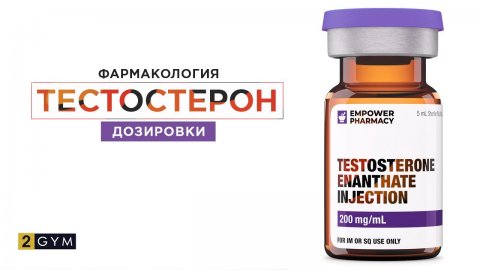









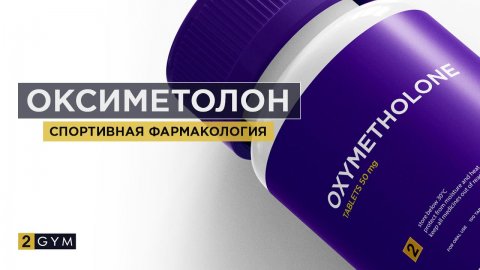

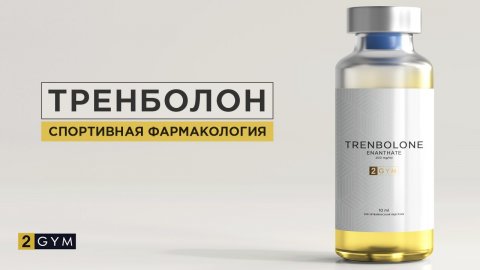

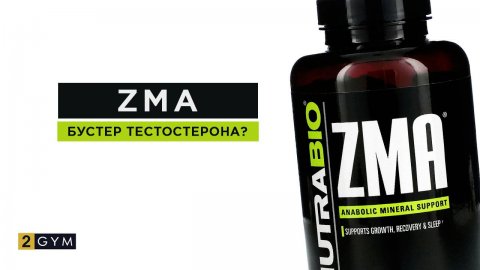


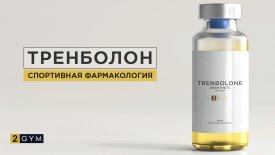
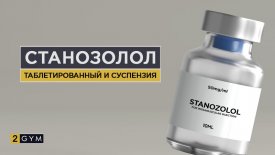
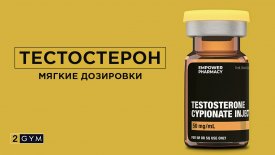
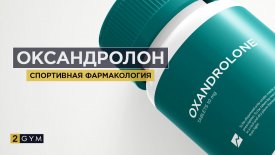
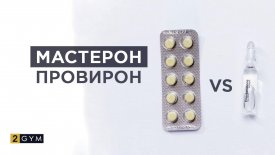
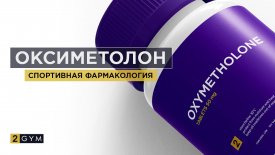






Log in with ( Sign Up ? )
or post as a guest
However, using 50 units of insulin per day is quite a high dose and should be discussed with a doctor. It is important to understand that your body's natural insulin plays a key role in regulating blood sugar levels and replenishing glycogen stores.
Whether you are at home or away from home, it is important to monitor your diet and physical activity to maintain healthy blood sugar levels without overusing exogenous insulin.
I will write about hematocrit.